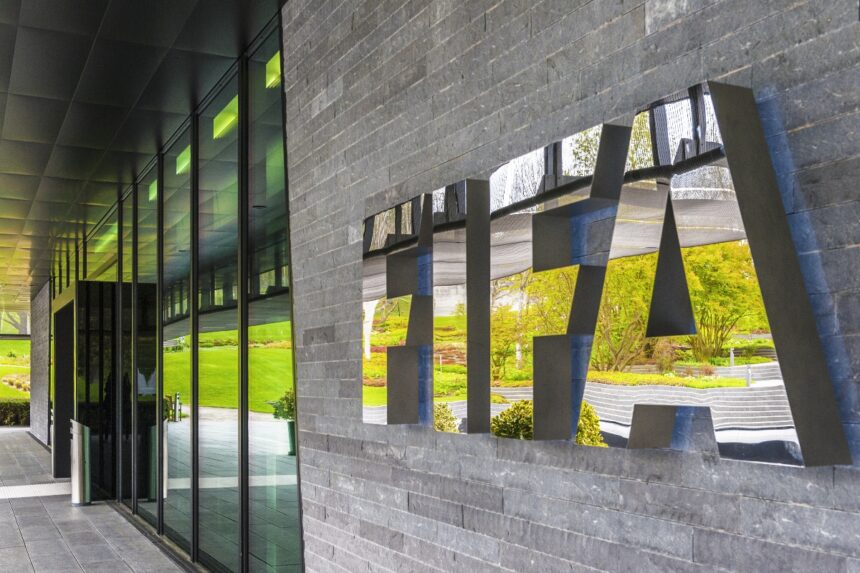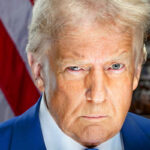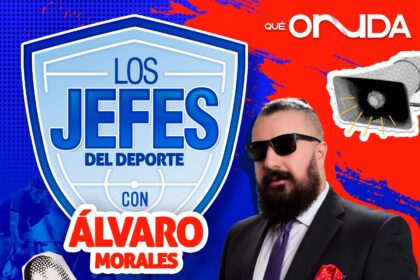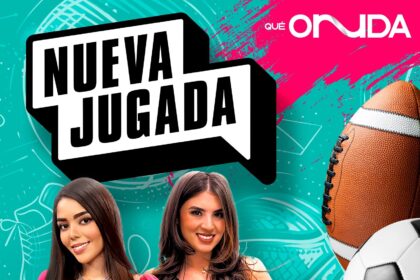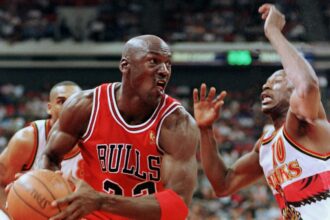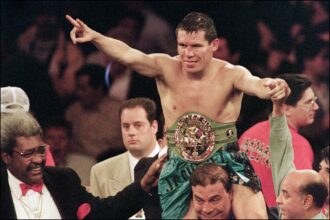FIFA ignited the expectations of millions of fans with an enigmatic preview: the 2026 World Cup, to be held in Mexico, the United States and Canada, will have three official mascots, one for each host country.
The announcement came in the form of an 18-second video posted on the tournament’s official account on X (formerly Twitter) with the message: “Good things come in threes…”. The animation shows a ball rolling through a progressively illuminated dressing room, revealing three lockers: one with Canada’s red jersey, another with Mexico’s green jersey and a third with the blue uniform of the United States. At the end, the text “Mascots coming soon” appears, accompanied by the slogan “We are 26” and the official World Cup logo.
Three countries, three symbols

FIFA ignited the excitement of millions of fans
QuéOnnda.com
Although FIFA has not confirmed the final designs, all indications are that there will be three characters representing each host nation in 2026.
This decision reinforces the concept of continental unity behind the World Cup, which for the first time will be played in three countries and with 48 national teams.
The movement also has a strong marketing background:
Mascots often become emblems of each World Cup, present in advertising campaigns, souvenirs, video games and official events.
History of World Cup mascots

Mascots have been part of the World Cup identity since England 1966, when World Cup Willie, a lion dressed in the British uniform, was born.
Since then, such well-remembered icons have appeared as:
Juanito (Mexico 1970), a boy with a charro hat.
Naranjito (Spain 1982), the funny soccer orange.
Pique (Mexico 1986), a jalapeño bell pepper with a sombrero.
Striker (United States 1994), the soccer dog.
Zakumi (South Africa 2010), a leopard with a green mane.
La’eeb (Qatar 2022), an animated turban that flew.
Each mascot reflects the culture, traditions and national symbols of the host country, which explains why FIFA is now betting on a trio of characters representing Canada, Mexico and the United States.
What to expect in 2026?
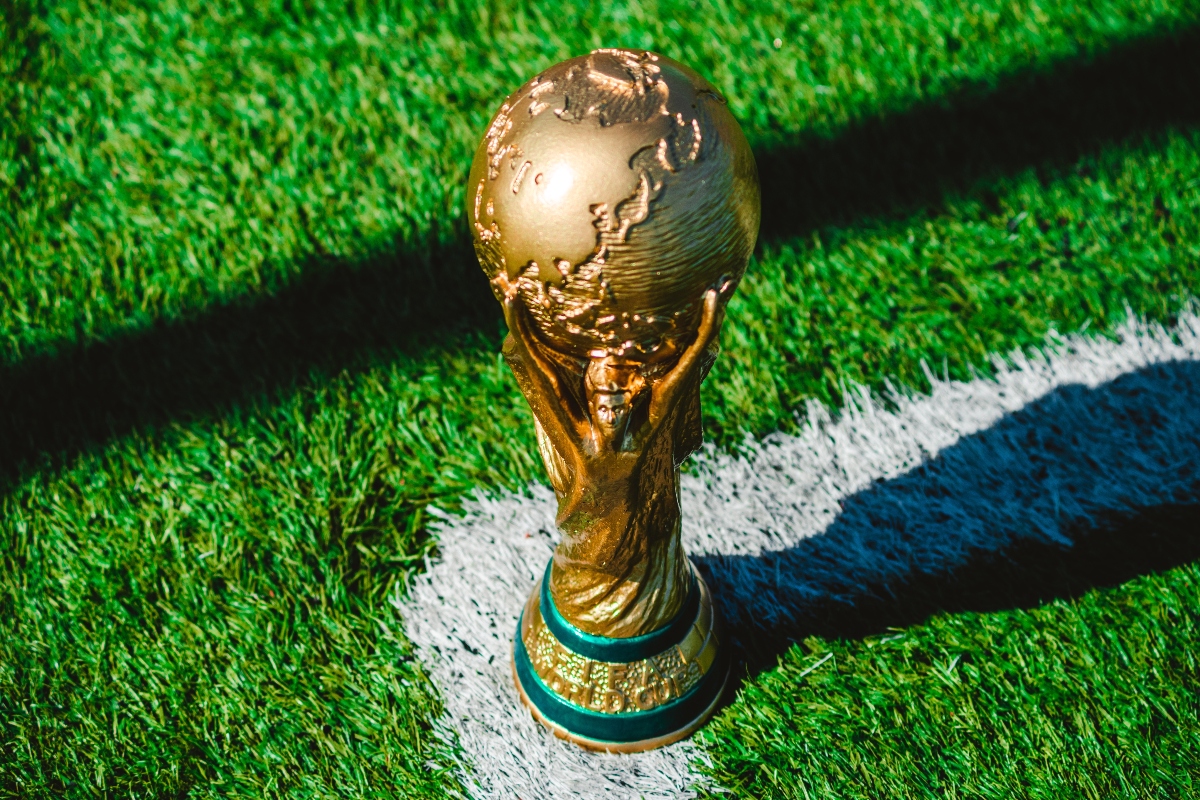
The 2026 World Cup will be the largest in history, with 104 matches in 16 host cities.
For the millions of Hispanics in the U.S., pets will play a special role:
They will be present in stadiums, fan fests, television broadcasts and social networks, becoming a point of cultural and sports connection.
Hours later, FIFA shared a new video on the tournament’s official X (formerly Twitter) account with the message:
“Meet Maple, Zayu and Clutch – the official mascots of the #FIFAWorldCup 2026!”.
For more information, visit QuéOnnda.com.



